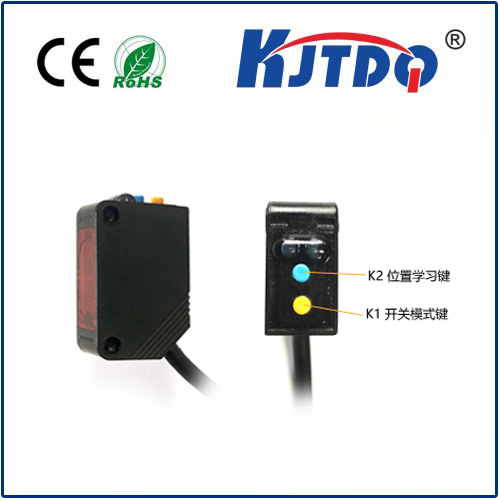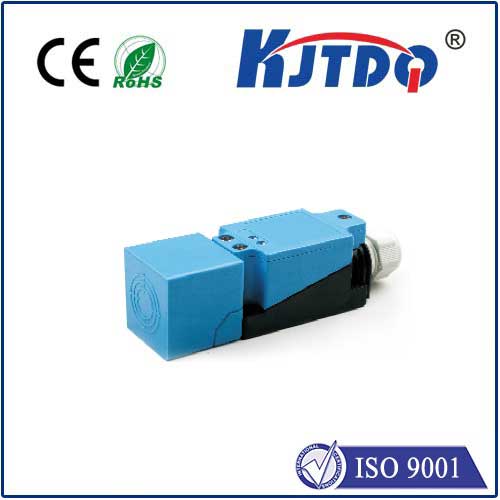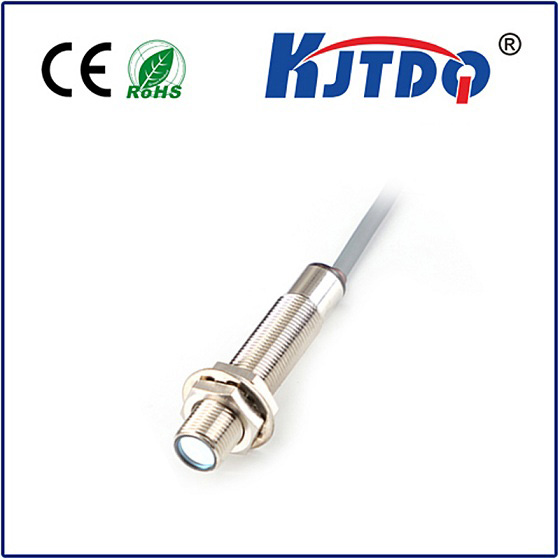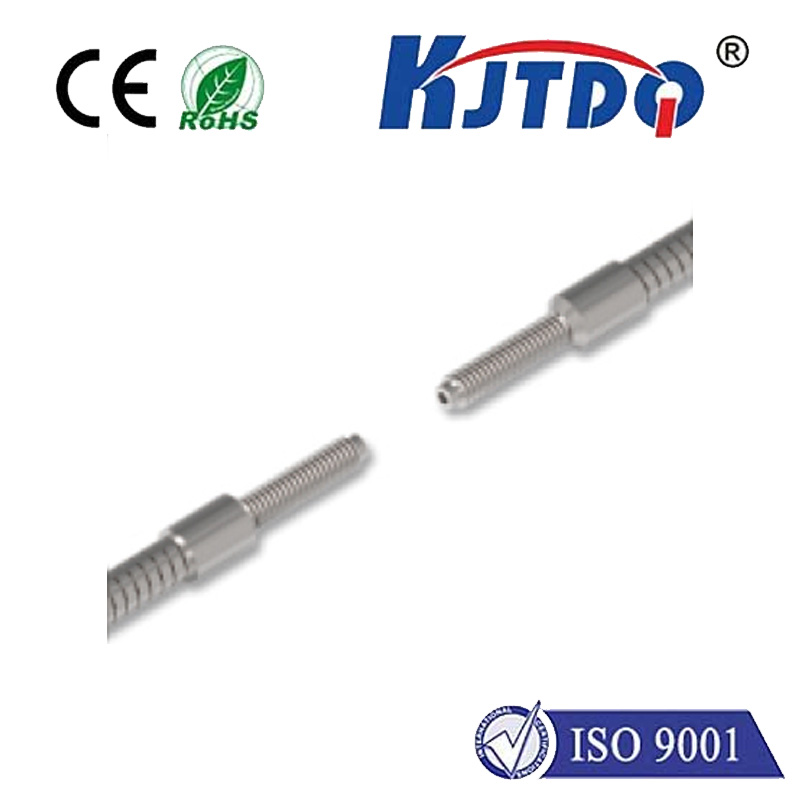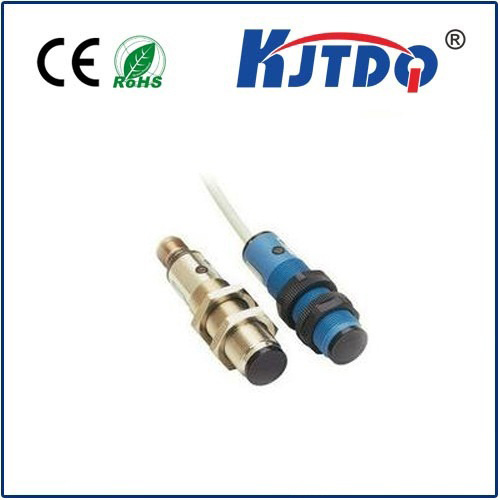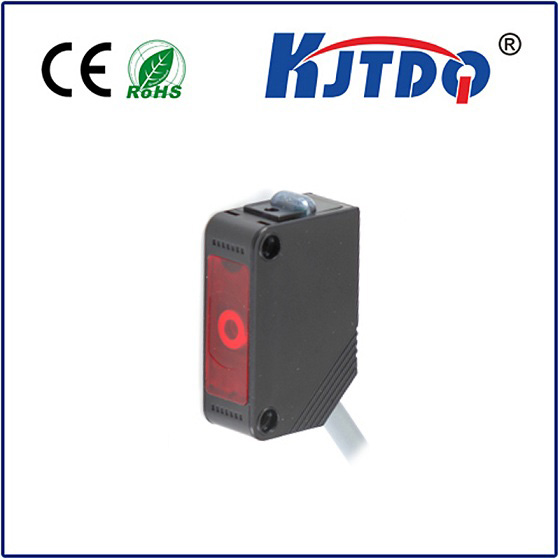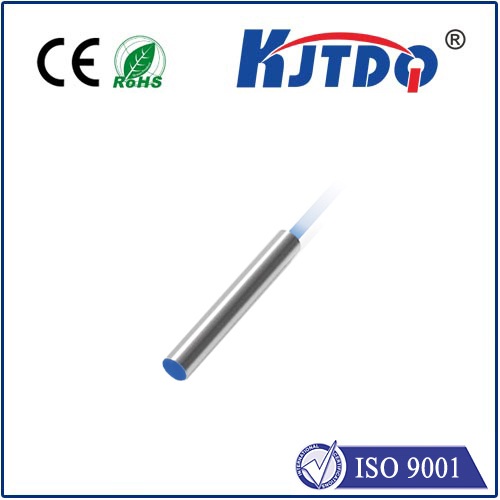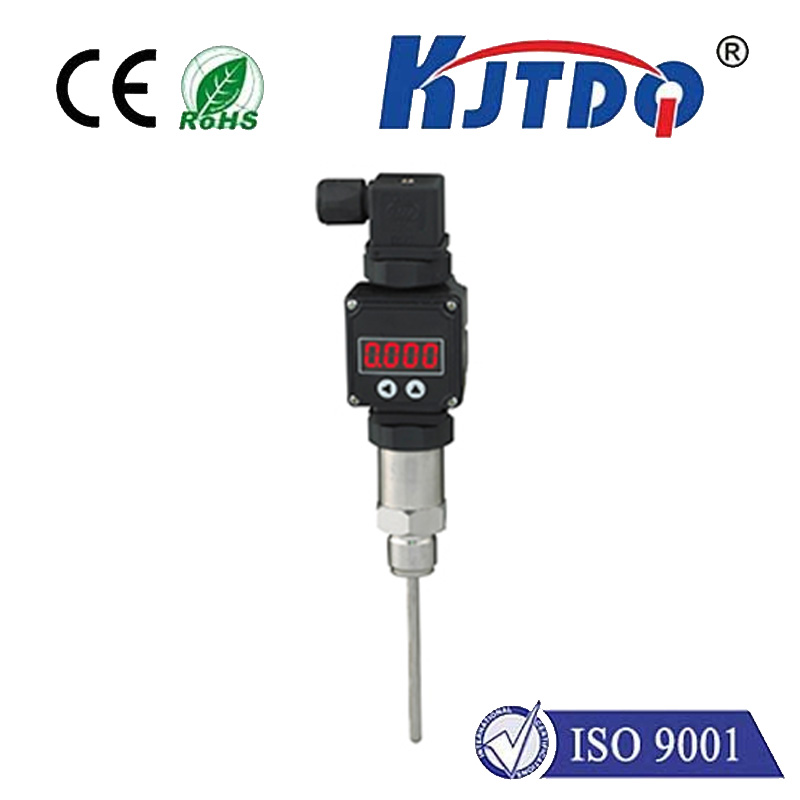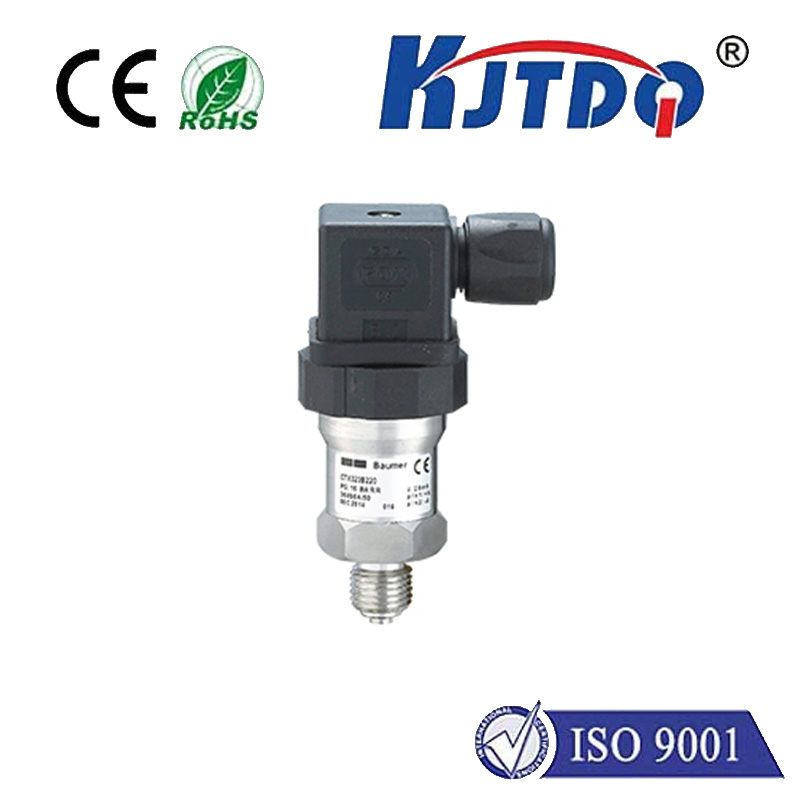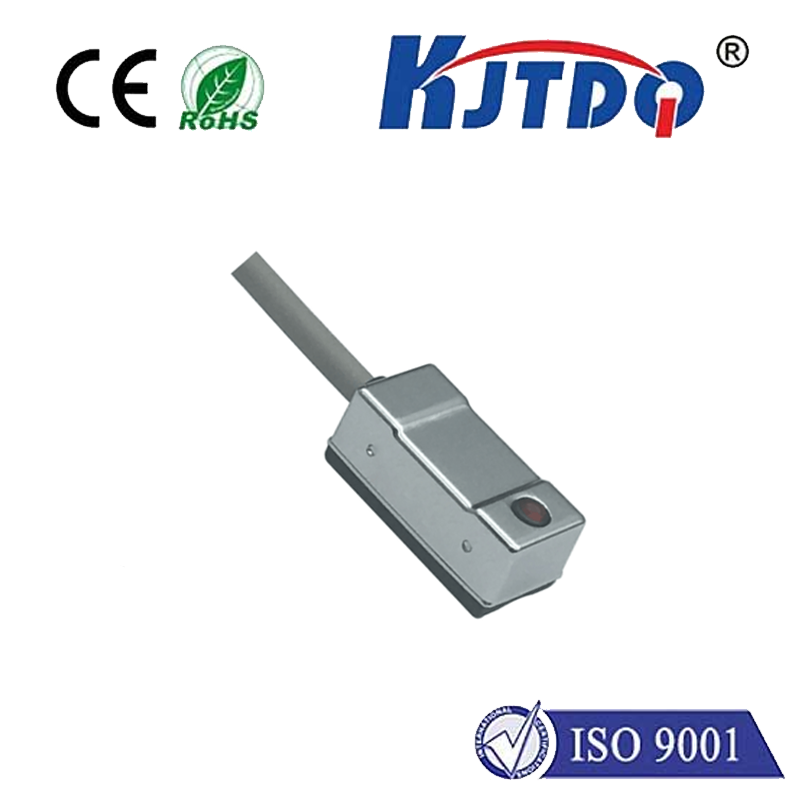temperature transmitter types
- time:2025-08-22 03:42:29
- Нажмите:0
Unlocking Precision: Mastering Temperature Transmitter Types for Industrial Applications
So you need rock-solid temperature data? Whether it’s ensuring perfect chemical reactions, preventing machinery meltdowns, or guaranteeing food safety, accurate temperature measurement is non-negotiable. But the raw signal from a sensor like a thermocouple or RTD is fragile. It’s easily skewed by electrical noise over long cable runs, leading to costly errors. This is where the temperature transmitter, a critical workhorse in industrial automation, steps in. Understanding the different temperature transmitter types is key to selecting the right guardian for your critical measurements.
Beyond the Sensor: The Transmitter’s Vital Role
Think of a temperature sensor as a raw translator of heat. A temperature transmitter acts as a sophisticated interpreter and amplifier. Its primary functions are crucial:
- Signal Conditioning: It takes the millivolt signal from a thermocouple (T/C) or the resistance change from an RTD and converts it into a robust, standardized output signal, most commonly 4-20mA DC or digital protocols like HART, Foundation Fieldbus, or Profibus PA.
- Noise Immunity: The standardized output (especially 4-20mA) is highly resistant to the electrical interference common in noisy plant environments, ensuring signal integrity over long distances.
- Signal Linearization: Sensors like thermocouples have non-linear responses. Transmitters apply precise algorithms to linearize the signal, providing a true representation of temperature.
- Sensor Excitation: RTDs require a small, stable current to operate. Transmitters provide this excitation.
- Isolation: Modern transmitters provide galvanic isolation between the sensor circuit, the output circuit, and the power supply. This protects delicate control system inputs and prevents ground loops, a common source of measurement error.
The specific type of temperature transmitter needed depends heavily on the sensor it is designed to interface with and its form factor.

Demystifying Core Temperature Transmitter Types
The primary classification revolves around the temperature sensor technology the transmitter is engineered for:
- RTD (Resistance Temperature Detector) Temperature Transmitters
- Principle: These transmitters are specifically designed to work with RTD sensors, typically platinum (Pt100, Pt1000), though nickel and copper variants exist. RTDs measure temperature based on the predictable change in electrical resistance of pure metals.
- Function: They provide a precise constant current source to excite the RTD. The transmitter then accurately measures the voltage drop across the RTD, which correlates directly to its resistance and thus the temperature. Advanced linearization algorithms specific to RTD curves are applied.
- Key Advantages: Excellent long-term stability and repeatability, relatively high accuracy especially in moderate ranges (-200°C to +800°C commonly), and good linearity compared to T/Cs.
- Considerations: Generally slower response time than T/Cs. The resistance measurement can be affected by lead wire resistance; 3-wire or 4-wire connections are standard to compensate for this. Choose an RTD transmitter when stability and accuracy in the mid-range are paramount.
- Thermocouple (T/C) Temperature Transmitters
- Principle: These transmitters are built to interface with thermocouple sensors. Thermocouples generate a small voltage (EMF - electromotive force) based on the Seebeck effect when the junction of two dissimilar metals experiences a temperature gradient.
- Function: They measure this small millivolt signal, which is highly susceptible to noise. The transmitter amplifies it, applies precise cold junction compensation (CJC) to account for the temperature at the transmitter’s connection terminals (critical for accuracy), and linearizes the inherently non-linear thermocouple voltage curve (e.g., Type J, K, T, etc.).
- Key Advantages: Very wide temperature range capabilities (specific types can handle -270°C to over +2300°C), rugged construction, fast response times, and suitability for high-vibration environments. They are the go-to choice for extreme temperatures.
- Considerations: Signals are lower level and more susceptible to noise than RTDs, making the transmitter’s noise rejection vital. Accuracy can be slightly less than high-grade RTDs, and periodic verification is often needed due to potential drift. Selecting the correct thermocouple transmitter type matching your sensor (J, K, R, S, etc.) is essential.
Beyond the Basics: Other Transmitter Considerations
While RTD and T/C transmitters dominate, understanding variations is important:
- mV Transmitters: Designed for sensors that output a millivolt signal directly (like some load cells or specialized sensors), not specifically T/Cs (which are mV devices but require CJC and specific linearization).
- Infrared (IR) Temperature Transmitters: Sometimes integrated into infrared pyrometers. They convert the IR sensor’s signal (proportional to target temperature) into a standard output like 4-20mA or digital.
- Bimetal Temperature Transmitters: Less common digitally, but older pneumatic systems used transmitters converting bimetal coil motion into a pressure signal. Rare in modern installations.
- Digital Smart Transmitters: Increasingly the norm. Beyond simple analog conversion, they incorporate microprocessors offering powerful features: advanced diagnostics, remote configuration (often via HART), data logging, multiple sensor input types configurable in one device, and enhanced communication capabilities (WirelessHART, Foundation Fieldbus). The intelligence of smart transmitters significantly boosts functionality and maintenance capabilities.
- Form Factor: Transmitters come primarily in two packages:
- Head-Mount or Field-Mount: Compact units mounted directly at the sensor connection point (e.g., on a thermowell). This minimizes signal degradation over long runs by boosting the signal near the source. Crucial for T/Cs.
- DIN Rail Mount: Installed within a control panel or enclosure, typically connecting to sensors via longer wires. More common for RTDs where lead wire compensation is used, or in central processing areas.
Choosing the Right Type: Key Selection Criteria
Selecting the optimal temperature transmitter extends beyond the sensor type:
- Sensor Compatibility: Matched to RTD (Pt100, Ni120?), T/C (Type J, K?), or other?
- Temperature Range: Does it cover your required operating range? Consider sensor limits as well.
- Required Accuracy: What tolerance is acceptable for your process?
- Environmental Conditions: Harsh environment? Need high ingress protection (IP rating), intrinsic safety (IS), or resistance to vibration? Head-mount transmitters are often better for extreme environments.
- Output Signal: 4-20mA, HART, Foundation Fieldbus, Profibus PA, WirelessHART?
- Power Supply: Loop-powered (common for 4-20mA/HART) or line-powered?
- Functional Needs: Do you require digital communication for remote setup, diagnostics, or integration into a bus system? Smart transmitters offer significant advantages here.
- Mounting Style: Head-mount at the sensor or DIN rail mount in a cabinet?
- Certifications: Required for hazardous areas (ATEX, IECEx, FM/CSA)?
**Precision at Your Fingertips

